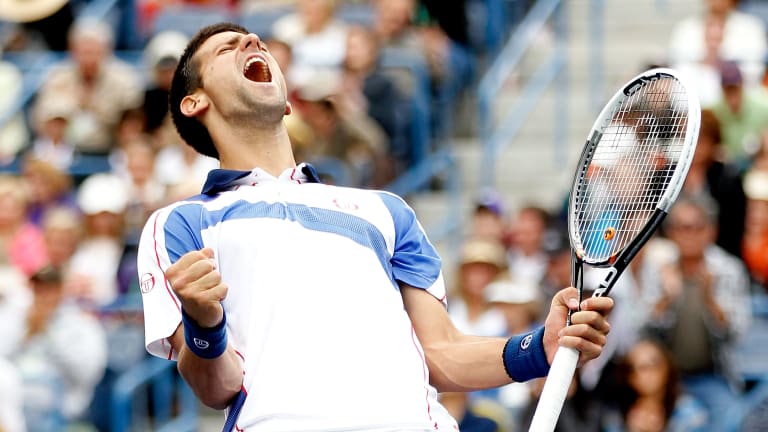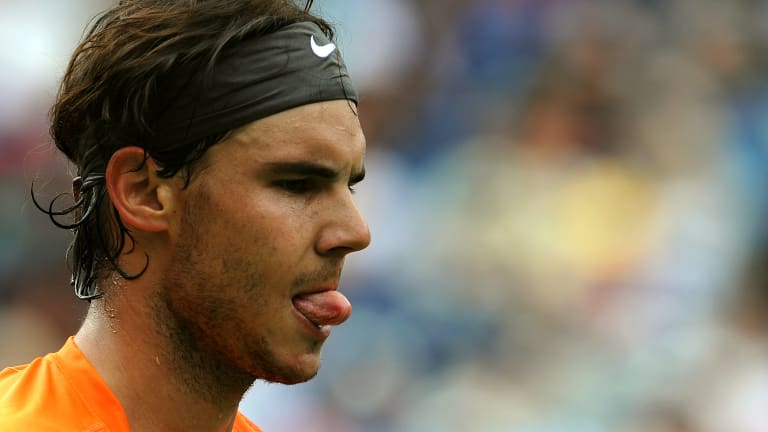This week, we're counting down the Top 5 Indian Wells finals (look for the Top 5 Miami finals soon!)
Indian Wells, USA
Top 5 Indian Wells Finals, No. 3: Novak Djokovic d. Rafael Nadal, 2011
By Mar 15, 2024Indian Wells, USA
Carlos Alcaraz and Iga Swiatek reset with Indian Wells wins, as rivals endure their own slip-ups
By Mar 18, 2024Indian Wells, USA
Carlos Alcaraz defeats Daniil Medvedev to defend his Indian Wells title, Iga Swiatek beats Maria Sakkari for women's title
By Mar 17, 2024Indian Wells, USA
Carlos Alcaraz wins second straight Indian Wells title with victory over Medvedev in final
By Mar 17, 2024Indian Wells, USA
From the yellow ball to the crystal ball: What's in store for the future of the BNP Paribas Open?
By Mar 17, 2024Indian Wells, USA
Iga Swiatek beats Maria Sakkari again in BNP Paribas Open final
By Mar 17, 2024Indian Wells, USA
Top 5 Indian Wells Finals, No. 1: Serena Williams d. Steffi Graf, 1999
By Mar 17, 2024Indian Wells, USA
2024 BNP Paribas Open men’s final preview: Carlos Alcaraz vs. Daniil Medvedev
By Mar 17, 2024Indian Wells, USA
Top 5 Indian Wells Finals, No. 2: Rafael Nadal d. Juan Martin del Potro, 2013
By Mar 17, 2024Indian Wells, USA
Who Will Win: Carlos Alcaraz or Daniil Medvedev, 2024 Indian Wells men's final
By Mar 17, 2024Indian Wells, USA
Top 5 Indian Wells Finals, No. 3: Novak Djokovic d. Rafael Nadal, 2011
This wasn’t the best of the 59 matches between the Serb and the Spaniard, but it was the most crucial.
Published Mar 15, 2024

© 2011 Getty Images
Advertising

Slowly but surely, command of the Rafa-Nole rivalry was changing.
© AFP via Getty Images